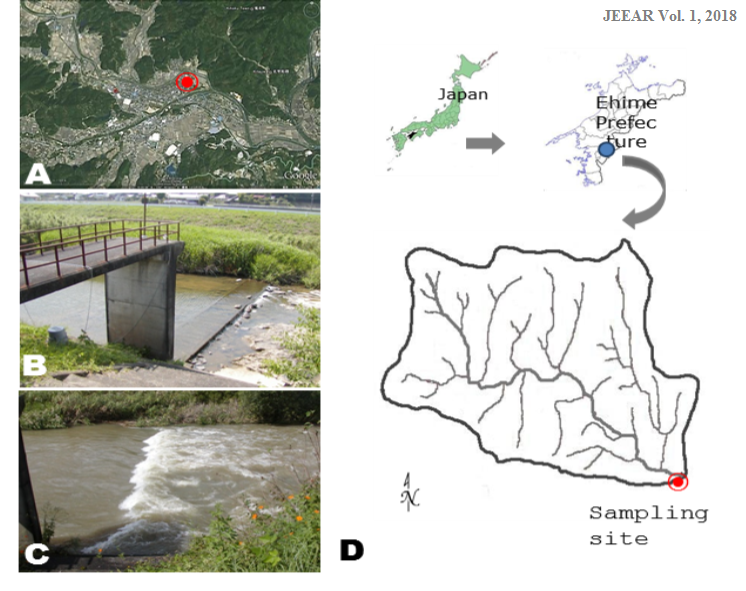Temporal Variation Analyses of Suspended Sediment Load in an Agricultural Catchment and its Land Use Implications
Abstract
The suspended sediment load of a small agricultural river was estimated using suspended sediment rating curves established using discharge-suspended sediment discharge correlation and stratified aggregate or seasonally clustered data; and the results were correlated to the land use of the watershed. The results showed that: (a) on regression, nonlinear least squares method in establishing rating curves produced significantly better and more efficient suspended sediment rating curves; (b) seasonally clustering the data produced better suspended sediment rating curves; (c) based on statistical and physical relations, suspended sediment load in the catchment followed a clear cyclical seasonal pattern; and (d) the land use and agricultural activities, other than rainfall, had a significant impact on the temporal distribution and variability of the suspended sediment load.
Read full article here.

